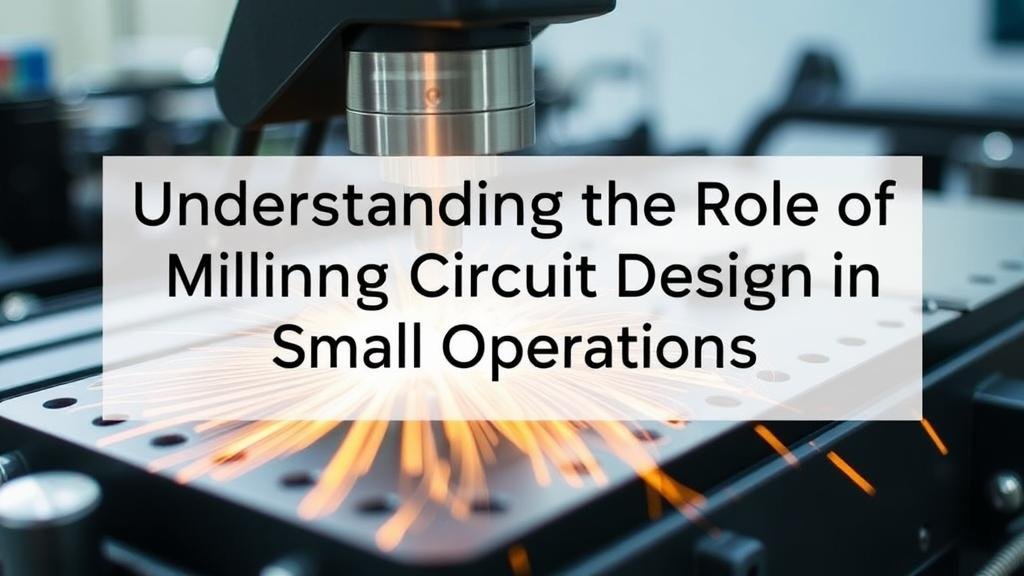Understanding the Role of Milling Circuit Design in Small Operations
Understanding the Role of Milling Circuit Design in Small Operations
Milling circuit design is a critical component in the field of mineral processing, particularly for small operations. The efficiency of a milling circuit significantly impacts the overall performance, cost-effectiveness, and sustainability of these enterprises. This article explores the key elements of milling circuit design, the considerations unique to small-scale operations, and the implications for performance and profitability.
The Basics of Milling Circuit Design
A milling circuit primarily consists of several units that work together to reduce the size of ore into valuable minerals. fundamental components usually include crushers, grinding mills, classifiers, and sometimes flotation cells. The design of these components and their interrelationships define how effectively the circuit will operate.
Key objectives in milling circuit design include:
- Maximizing mineral recovery
- Minimizing energy consumption
- Optimizing the particle size distribution
- Reducing operational costs
Challenges Faced by Small Operations
Small operations often face unique challenges that complicate milling circuit design. Limited budgets, smaller scales of operation, and access to advanced technology can restrict their ability to optimize milling processes effectively.
- Financial Constraints: Small operations may not afford the latest milling technologies, forcing them to rely on older, less efficient systems.
- Limited Resources: Smaller teams may lack specialized knowledge and experience, impacting design and operational decisions.
- Scale Limitations: Optimal designs in larger operations may not be applicable, leading to inefficiencies when scaled down.
Design Considerations for Small Milling Circuits
When designing milling circuits in small operations, several critical factors must be considered to ensure both efficiency and effectiveness.
1. Equipment Selection
The choice of equipment can significantly affect circuit performance. For example, small operations might opt for smaller ball mills or rod mills that are cost-effective and suitable for their scale. Equipment that can perform multiple functions, such as combination crushers and grinders, may also save space and resources.
2. Circuit Configuration
The way in which milling equipment is configured can also impact efficiency. A common configuration for small operations is a closed-circuit system, which recycles the coarse particles to the mill until they reach the desired size. This minimizes waste and maximizes resource use.
3. Process Control
Effective monitoring and control systems can help maintain optimal operating conditions. Useing real-time feedback loops for parameters such as weight, flow rate, and particle size can enhance decision-making and lead to better performance outcomes.
4. Modular Design
Adopting a modular approach can be particularly beneficial for small operations. Modular systems can be scaled up or down as necessary, allowing for flexibility based on demand, resource availability, or market conditions. For example, a small operation can start with a basic set-up and expand as profitability increases.
Real-World Applications and Case Studies
Numerous small operations globally have successfully implemented strategic milling circuit designs to boost recovery rates and reduce costs. One notable example is a small gold mining operation in East Africa. By redesigning their milling circuit to include a combination of a gravity concentrator followed by a conventional ball mill, they increased gold recovery from 70% to over 90%. This change not only optimized their resources but also significantly improved their profit margins.
Actionable Takeaways
Improving milling circuit design in small operations can yield substantial benefits. Here are some actionable takeaways for those in the industry:
- Invest in understanding the characteristics of the ore to select appropriate milling equipment.
- Consider energy-efficient practices such as variable speed drives and optimized grinding media.
- Employ a flexible, modular design that can adapt to changing operational rates and capacities.
- Use robust process control measures to monitor and adjust circuit operations in real time.
To wrap up, effective milling circuit design is crucial for the success of small operations in the mining sector. By carefully selecting equipment, optimizing circuit configurations, and adopting modern control methods, these operations can enhance their efficiency, reduce costs, and improve overall profitability.



